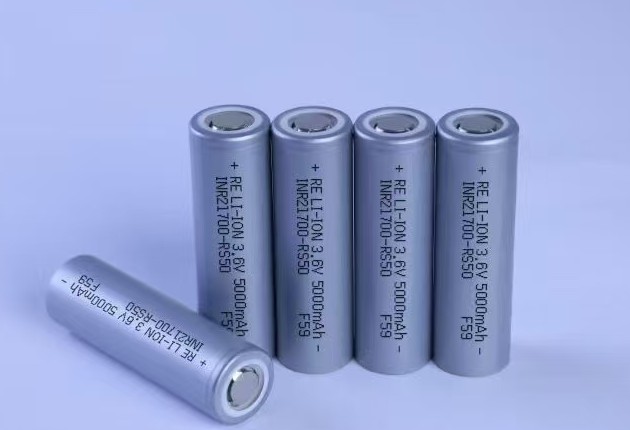A new dry electrode technology boosts zinc–iodine battery performance and stability, potentially reshaping how we store energy at scale. Credit: Shutterstock
A dry-process zinc-iodine battery from Adelaide offers safer, longer-lasting energy storage with high capacity and stability.
Researchers at the University of Adelaide have developed a new dry electrode for aqueous batteries that produces cathodes with more than twice the performance of both iodine and lithium-ion batteries.
“We have developed a new electrode technique for zinc–iodine batteries that avoids traditional wet mixing of iodine,” said the University of Adelaide’s Professor Shizhang Qiao, Chair of Nanotechnology, and Director, Centre for Materials in Energy and Catalysis, at the School of Chemical Engineering, who led the team.

“We mixed active materials as dry powders and rolled them into thick, self-supporting electrodes. At the same time, we added a small amount of a simple chemical, called 1,3,5-trioxane, to the electrolyte, which turns into a flexible protective film on the zinc surface during charging. This film keeps zinc from forming sharp dendrites – needle-like structures that can form on the surface of the zinc anode during charging and discharging – that can short the battery.”
Safer, sustainable alternative to lithium-ion
Aqueous zinc–iodine batteries provide exceptional safety, sustainability, and cost benefits for grid-scale energy storage, but their performance still lags behind that of lithium-ion batteries.
The team published their results in the journal Joule.
“The new technique for electrode preparation resulted in record-high loading of 100 mg of active material per cm2,” said the University of Adelaide’s Han Wu, Research Associate, School of Chemical Engineering, from the team that worked on the study.
“After charging the pouch cells we made that use the new electrodes, they retained 88.6 per cent of their capacity after 750 cycles and coin cells kept nearly 99.8 per cent capacity after 500 cycles. We directly observed how the protective film forms on the zinc by using synchrotron infrared measurements.”
Real-world potential for grid-scale storage
With high iodine loading and a strong zinc interface, each battery can store significantly more energy at a lower weight and cost. This advancement could move zinc–iodine batteries closer to practical use in large-scale or grid storage applications.